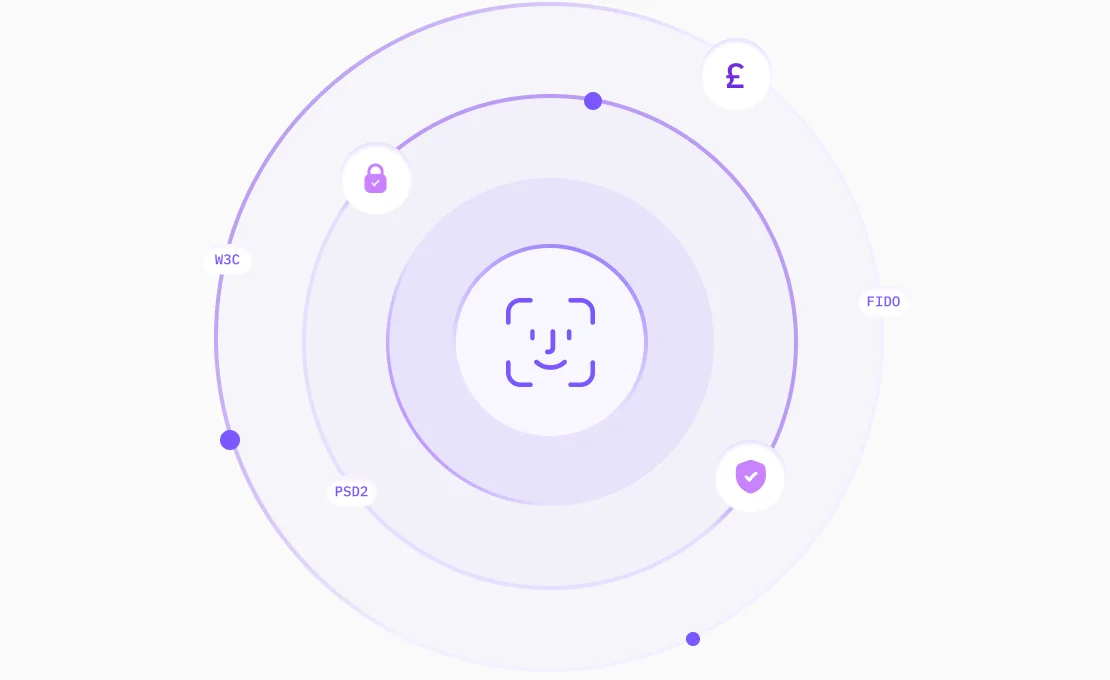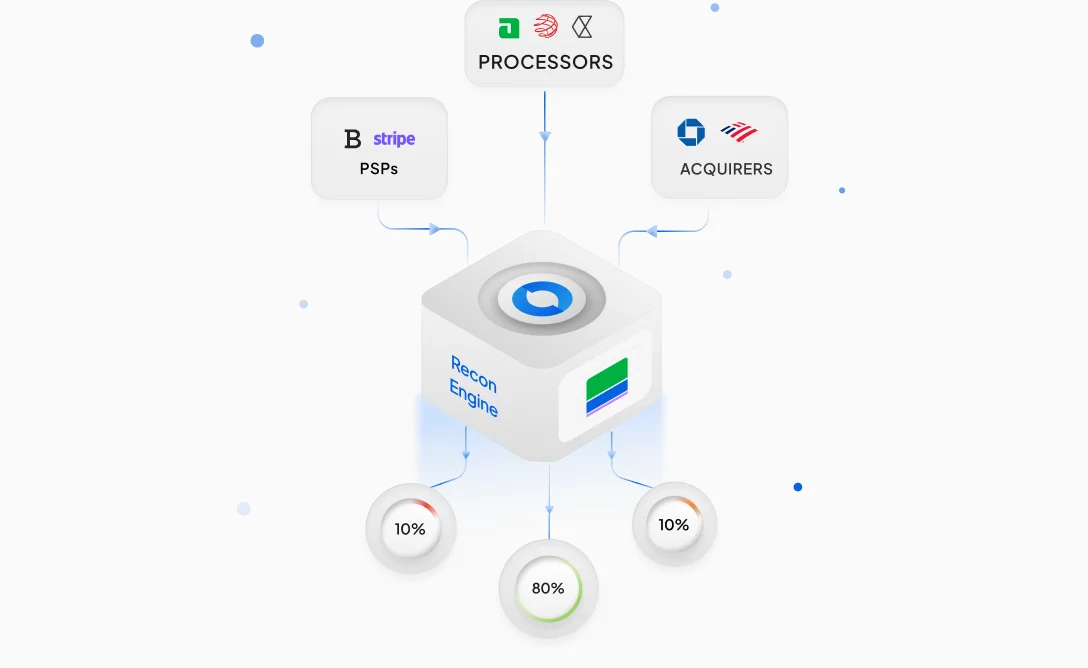What Is ARN Number & How to Track Transactions?
Card payments still reign as one of the most preferred payment methods in 2024. With unparalleled accessibility and convenient transaction process, the number of payment cards issued and in circulation in 2022 were over 25 billion, and are projected to cross 28 billion by 2027!
To keep this payment method secure, cryptic codes known as Acquirer Reference Numbers (ARN) are used to protect both customers and businesses from potential financial threats.
So, what exactly is an acquirer reference number, and what are its benefits? Let us explore.
What is an ARN Number?
Definition of Acquirer Reference Number
An ARN number is a number that is issued to any credit or debit card transaction (Mastercard or Visa) to access important payment information. When a transaction advances from the seller’s bank to the buyer’s bank, an acquirer reference number is assigned. This number can be used by merchants and banks to check the status of payment (refund, chargeback, successful transfer, etc.).
How ARN Numbers Are Generated
The payment data of a transaction once a customer has initiated their payment is transferred to the acquirer (seller) from the payment gateway used by the customer. Then, the acquirer authenticates this payment by encrypting the payment data by creating an acquirer reference number. This information in the form of ARN is passed on to the issuer bank to be authorized and completed.
ARN is a 23-digit number. The first digit tells whether Visa or Mastercard was used for the payment. For Visa transactions, it starts with a 7. For Mastercard transactions, it starts with 8 or 2. The next six to eight digits represent the acquirer’s (seller’s) Bank Identification Number. The remaining digits are cryptically coded data that hold the remaining payment information used to trace a payment or reconciliation.
Why is the ARN Number Important?
Role of ARN in Payment Transactions
The biggest use case of acquirer reference number in transactions is for merchants to manage any customer refunds or payment reconciliation requests. For customer refunds, the payment from the acquirer back to the buyer can be made directly to the card used by the customer. If the customer wants an update on the status of the refund, the payment flow can be easily tracked by the issuing or the acquirer bank using the acquirer reference number. Either of these parties can provide the customer with the information from the ARN.
Benefits of ARN for Merchants and Customers
The biggest benefits for ARN are:
- Reduction in Fraud - With ARNs, banks can easily track payments and identify fraudulent transactions. For instance, if a customer experiences a chargeback, they can provide the ARN of their transaction to the bank. The bank investigates the transaction and determines its legitimacy to complete the process. Hence, customers are less susceptible to fraudulent transactions.
- Enhanced Efficiency in Payment Processing - With a seamless way to track and manage any transactions done by cards, ARNs make it easy for issuing and acquirer banks to carry out payment processing for refunds, chargebacks, and reconciliation.
- Improved Customer Experience - With enhanced efficiency, merchants can be quick and more transparent with the customers regarding their requests. It enables customers to quickly track their refund status. This ultimately improves the overall customer experience as they don’t have to wait on relevant information about their refunds.
How to Track Transactions Using an ARN Number
Step-by-Step Guide to Tracking Transactions
Merchants who want to track transactions can ask for the ARN from their payment provider or bank for their customers’ requests. The acquirer reference number appears with information that shows the transaction’s status. One of three status updates is provided to the merchant from the ARN, which are:
- ARN is Processing - The refund process is ongoing, and the funds have not yet been received by the customer’s issuing bank.
- ARN is Available - The refund initiated by the merchant has been completed, and the ARN is now a reference for the refund.
- ARN isn’t Available - The refund process was either prematurely initiated or completed before the issuer bank could process the charge. In this case, the authorisation is reversed, and the ARN is unavailable.
Common Platforms and Tools for Tracking ARN Numbers
Some trusted payment platforms that can be used by merchants to track acquirer reference numbers are:
- Juspay
- Quicko
- Checkout.com
How ARN Helps in Resolving Disputes and Refunds
With quick and easily understandable updates on the refund status, merchants can conveniently provide relevant information to customers. With only three status updates, it is easy to communicate this information to the customers for businesses. This significantly puts the customers’ minds at ease and helps resolve any conflict before it even arises. Payment disputes are a tedious process for businesses and customers alike, so quick and to-the-point updates on the refund status can influence customer satisfaction positively.
How to Find Your ARN Number
Locating ARN on Payment Receipts
Log into your payment processing platform. Go to the page with the transaction list or receipts and access all the payments made. From here, go to the ARN tag on the page or apply the ARN filter to find the acquirer reference number for all the payments.
Contacting Your Payment Processor or Bank
The issuing or acquirer banks both carry the ARN for any payments made by the customer and so does the payment processor. The acquirer can simply request the ARN from the banks or processor for the transaction by providing them with the refund request raised by the customer, and it will be provided to them. The merchant can then pass on this information to the customers.
Challenges in Tracking Transactions with ARN Numbers
Potential Delays in Transaction Processing
There is no guarantee of immediate refund transactions. Delays in transaction processing may occur due to slow communication between the acquirer and issuing banks. As a result, there might be delays in the ARN status being updated, particularly when information from the payment processor is slower than expected.
Misinterpretations of ARN Data
This challenge mostly comes up with the ”ARN is Not Available” status. There are a few reasons this status comes up, and the operators might misinterpret the exact reason behind this update. This is mostly a human error and can be solved with a quick rechecking of the status.
Utilise the Full Potential of ARN
ARNs are a simple set of digits that hold key information for secure transactions, help prevent fraudulent transactions, and provide customers with additional security and peace of mind. Hence, businesses must choose a trusted and secure payment solution, that can facilitate quick access to ARN for better financial management. With a centralised dashboard for seamless transaction tracking, Juspay enables real-time updates on payment and refund statuses, enhancing both merchant efficiency and customer satisfaction
























